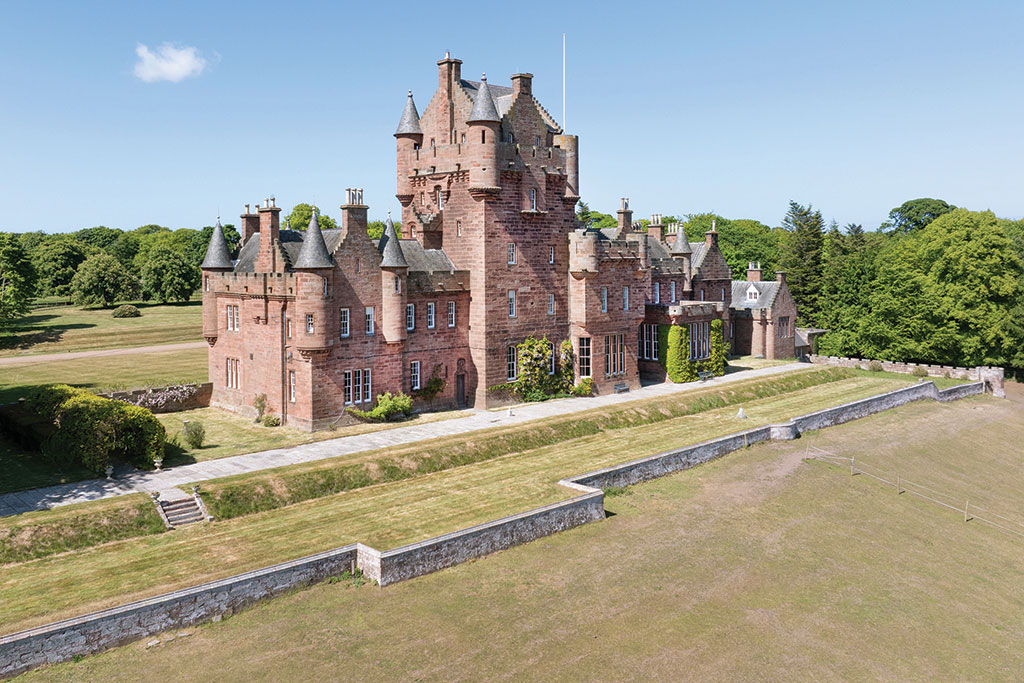Great frauds in history: John MacGregor’s dodgy loans
When the Royal British Bank fell on hard times, founder John MacGregor started falsifying the accounts and paying dividends out of capital. The bank finally collapsed with liabilities of £539,131

John MacGregor was born in Drynie in the Western Isles of Scotland in 1797 and emigrated to Canada with his family in 1803. After a brief involvement in local politics, he moved back to Liverpool in 1827, then briefly worked as a businessman before spending the next two decades in increasingly senior civil-service roles at the Board of Trade. He was elected to Parliament as a Liberal for Glasgow in 1847. He also helped found the Royal British Bank, with businessmen John Menzies and Edward Mullins, and would become its chairman after it was granted a royal charter in 1849.
What was the scam?
From the moment it was set up, the bank was brought low by a combination of bad business loans, including to a Welsh ironworks, and large personal loans to the directors and their friends. These included a £70,000 (£6.59m today) loan to Humphrey Brown, the MP for Tewkesbury, £30,000 (£2.82m) to the bank’s manager, £14,000 (£1.32m) to John Gwynne, £7,000 (£659,000) each to John MacGregor and Edward Mullins, and £2,000 (£188,300) to auditor Thomas Chandler. To hide the bank’s distressed state from its shareholders and depositors, the accounts were falsified and dividends were paid out of capital.
What happened next?
By 1856 rumours were flying around the City of London. The Joint Stock Companies Journal published a series of articles about the bank’s problems, although without mentioning it by name, leading to awkward questions at the half-yearly meeting in August. By early September the bank was forced to suspend business and the fraud was revealed a few weeks later. MacGregor died in France after fleeing the country. The eight surviving directors were convicted of fraud, though they served only nominal sentences.
MoneyWeek
Subscribe to MoneyWeek today and get your first six magazine issues absolutely FREE

Sign up to Money Morning
Don't miss the latest investment and personal finances news, market analysis, plus money-saving tips with our free twice-daily newsletter
Don't miss the latest investment and personal finances news, market analysis, plus money-saving tips with our free twice-daily newsletter
Lessons for investors
By the time it collapsed, the bank’s liabilities were £539,131 (£50.75m) with only £288,644 (£27.1m) in assets. In the legal battle between shareholders and depositors, the courts ruled that the fraud did not diminish shareholders’ liability, despite the fact that around 40% of them were widows, spinsters, tradesmen or servants. The depositors had to settle for around three-quarters of the money they were owed. Unlimited liability has all but disappeared today, but it’s still worth checking if those making guarantees are in a position to stand by them.
Get the latest financial news, insights and expert analysis from our award-winning MoneyWeek team, to help you understand what really matters when it comes to your finances.

-
 ‘Why I have ditched my Help to Buy ISA for cash savings and the stock market’
‘Why I have ditched my Help to Buy ISA for cash savings and the stock market’Without the 25% bonus, my Help to Buy ISA is effectively redundant, says MoneyWeek writer Sam Walker.
-
 Is your inheritance tax allowance cut if you sell to downsize or sell your home to pay for care?
Is your inheritance tax allowance cut if you sell to downsize or sell your home to pay for care?Downsizing relief is a little-known benefit that could save your loved ones tens of thousands of pounds in inheritance tax after you’ve died.
-
 Stock markets have a mountain to climb: opt for resilience, growth and value
Stock markets have a mountain to climb: opt for resilience, growth and valueOpinion Julian Wheeler, partner and US equity specialist, Shard Capital, highlights three US stocks where he would put his money
-
 The steady rise of stablecoins
The steady rise of stablecoinsInnovations in cryptocurrency have created stablecoins, a new form of money. Trump is an enthusiastic supporter, but its benefits are not yet clear
-
 SRT Marine Systems: A leader in marine technology
SRT Marine Systems: A leader in marine technologySRT Marine Systems is thriving and has a bulging order book, says Dr Michael Tubbs
-
 Goodwin: A superlative British manufacturer to buy now
Goodwin: A superlative British manufacturer to buy nowVeteran engineering group Goodwin has created a new profit engine. But following its tremendous run, can investors still afford the shares?
-
 A change in leadership: Is US stock market exceptionalism over?
A change in leadership: Is US stock market exceptionalism over?US stocks trailed the rest of the world in 2025. Is this a sign that a long-overdue shift is underway?
-
 A reckoning is coming for unnecessary investment trusts
A reckoning is coming for unnecessary investment trustsInvestment trusts that don’t use their structural advantages will find it increasingly hard to survive, says Rupert Hargreaves
-
 Metals and AI power emerging markets
Metals and AI power emerging marketsThis year’s big emerging market winners have tended to offer exposure to one of 2025’s two winning trends – AI-focused tech and the global metals rally
-
 8 of the best houses for sale with beautiful fireplaces
8 of the best houses for sale with beautiful fireplacesThe best houses for sale with beautiful fireplaces – from a 15th-century cottage in Kent to a 17th-century palazzo in Oxfordshire